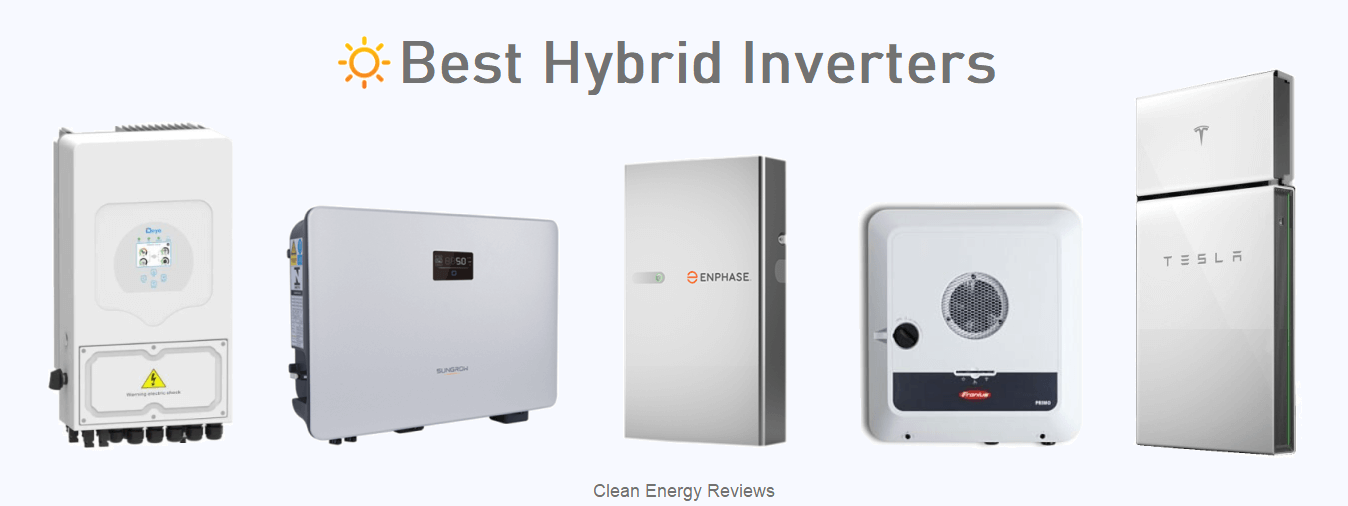48V Hybrid Inverter Comparison Charts
Hybrid inverters are at the heart of any cost-effective solar battery storage system. These inverters store excess solar energy to increase self-consumption and provide backup power. Much like solar inverters, hybrid inverters have integrated MPPTs for solar string connection and grid-isolation (islanding) function to enable the system to provide backup power during a power outage. Several inverters listed below, including Deye, Sol-Ark, EG4 and HBB Power, can also be used for off-grid power systems as they feature integrated generator controls and the required configuration settings. See our HV hybrid inverter comparison for hybrid inverters designed for high-voltage (HV) battery systems.
See our pick of the best hybrid inverters for 2024.
Hybrid inverters are a simple and economical way to add battery storage, but they do have some limitations compared to dedicated off-grid inverters, the main being limited surge or peak power output in the event of a blackout. For a detailed guide to selecting and sizing a hybrid inverter, off-grid inverter or energy storage system, see our Technical guide to designing hybrid and off-grid solar systems. Hybrid inverters require an external energy meter (CT) to measure the electricity consumption, along with software that can be programmed to determine the most efficient use of your available solar or battery energy.
Hybrid inverter Comparison Chart 2024 (48V)
Description of hybrid inverter features:
* Operating MPPT voltage range - Most manufacturers specify the full operating MPPT voltage range, while others provide the optimal MPPT voltage range for maximum power and efficiency. Outside the optimal voltage range, the inverter will still generate power but at a reduced capacity. Refer to manufacturers’ datasheets for full details.
** Surge Power - The maximum surge power rating and duration depends on the load type (resistive or inductive) and ambient temperature. Higher temperatures above 40degC will generally result in a reduced surge power rating.
DC Optimisers = Panel-mounted optimisers provide individual panel power optimisation and monitoring.
These charts are to be used as a guide only - Information may be inaccurate or outdated. Always refer to manufacturers’ specifications and datasheets. All installations must be performed by a certified solar installer or experienced licensed electrical contractor.




Detailed guide to the many specifications to consider when designing an off-grid solar system or complete hybrid energy storage system. Plus, a guide to the best grid-interactive and off-grid inverters and hybrid solar inverters for residential and commercial energy storage.